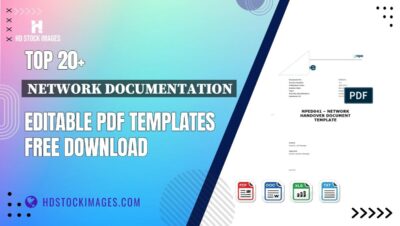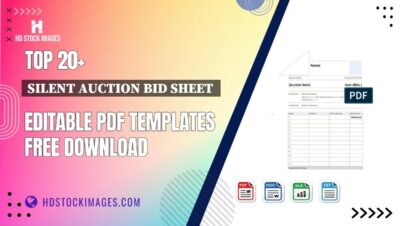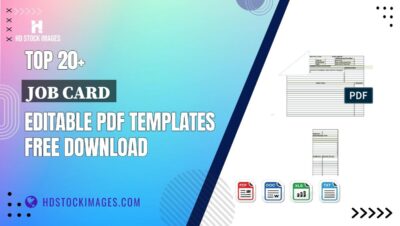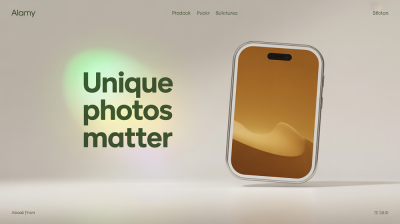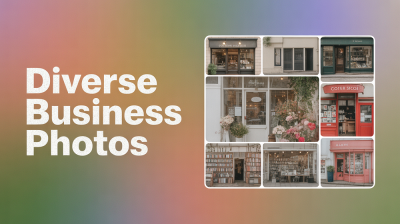1. Introduction:
Stock image providers play a vital role in meeting the visual content needs of businesses, marketers, designers, and other creative professionals. Two prominent players in this industry are 123RF and Adobe Stock. In this outline, we will compare these two platforms and explore their features, content libraries, licensing options, contributor opportunities, integration capabilities, user experience, reputation, and more.Understanding the similarities and differences between 123RF and Adobe Stock will help businesses and creatives make informed decisions about which platform best suits their image-sourcing requirements.Also Read This: A Simple Guide to Reversing Images in PDFs
2. Content Library:
 123RF and Adobe Stock are both popular stock content libraries that provide a wide range of images, videos, illustrations, and other creative assets for various purposes.123RF: 123RF is a stock content library that offers a diverse collection of royalty-free images, videos, audio files, and vectors. They have a large content library with millions of assets contributed by photographers, videographers, and artists from around the world. 123RF caters to a broad range of creative needs and has content in various categories and styles.Adobe Stock: Adobe Stock is Adobe's own stock content platform integrated with their creative software, such as Photoshop, Illustrator, and InDesign. It provides access to a vast collection of high-quality images, videos, illustrations, and templates. Adobe Stock is known for its seamless integration with Adobe Creative Cloud applications, allowing users to preview and license assets directly within their design software.
123RF and Adobe Stock are both popular stock content libraries that provide a wide range of images, videos, illustrations, and other creative assets for various purposes.123RF: 123RF is a stock content library that offers a diverse collection of royalty-free images, videos, audio files, and vectors. They have a large content library with millions of assets contributed by photographers, videographers, and artists from around the world. 123RF caters to a broad range of creative needs and has content in various categories and styles.Adobe Stock: Adobe Stock is Adobe's own stock content platform integrated with their creative software, such as Photoshop, Illustrator, and InDesign. It provides access to a vast collection of high-quality images, videos, illustrations, and templates. Adobe Stock is known for its seamless integration with Adobe Creative Cloud applications, allowing users to preview and license assets directly within their design software.- Integration: Adobe Stock offers seamless integration with Adobe Creative Cloud applications, making it convenient for users to search, preview, and license assets without leaving their preferred software. This integration can save time and streamline the design workflow.
- Pricing and Licensing: Pricing models may vary between the two platforms. Both offer subscription plans and credit-based options, allowing users to purchase assets based on their needs. However, specific pricing details, licensing terms, and usage rights may differ, so it's important to review the terms and conditions of each platform.
- Brand and Reputation: Adobe Stock is backed by Adobe, a well-established and renowned company in the creative industry. Adobe has a strong presence and a history of delivering high-quality software and services. 123RF, while popular and widely used, may not have the same level of brand recognition as Adobe.
- Exclusive Content: Adobe Stock may have some exclusive content from renowned contributors and partnerships, which can provide unique and premium assets for users. While 123RF also offers a wide range of content, the exclusivity factor may differ between the platforms.
Also Read This: how to separate adobe stock images in adobe illustrator
3. Licensing Options and Pricing:
Licensing options and pricing can vary between 123RF and Adobe Stock.123RF:
- Subscription Plans: 123RF offers various subscription plans that provide a certain number of downloads per month. These plans are available at different price points and durations, allowing users to access a specific number of assets within their subscription period. - On-Demand Credits: 123RF also offers credit-based pricing, where users can purchase credits and use them to download assets. Each asset has a credit value assigned to it, and users can choose the number of credits they want to buy based on their needs.Adobe Stock:
- Subscription Plans: Adobe Stock provides subscription plans that offer a specific number of downloads per month. Users can choose from different subscription tiers based on their usage requirements and budget. Subscription plans often provide better value for users who require multiple assets on a regular basis. - Credit Packs: Adobe Stock also offers credit packs, allowing users to purchase a specific number of credits upfront. These credits can be used to download assets over time. Credit packs are a flexible option for users who need occasional access to assets but don't require a subscription.Pricing for both platforms can vary depending on factors such as the type of subscription or credit pack chosen, the number of downloads allowed, and the duration of the plan. It's recommended to visit the respective websites of 123RF and Adobe Stock to get the most accurate and up-to-date information on their licensing options and pricing.Also Read This: LinkedIn Stories and New Platform Features Overview
4. Contributor Opportunities:
Both 123RF and Adobe Stock offer contributor opportunities, allowing photographers, videographers, and artists to submit their creative content and earn royalties from the sales of their assets.123RF: - Contributors can sign up and apply to become a contributor on the 123RF website. - Once approved, contributors can upload their images, videos, audio files, and vectors to the platform. - 123RF has a review process where submitted content is evaluated for quality, technical aspects, and adherence to their guidelines. - Approved content is made available for licensing to customers, and contributors earn royalties based on the sales of their assets. - 123RF provides contributor dashboards and reporting tools to track earnings and sales performance.Adobe Stock: - Contributors can apply to become a contributor through the Adobe Stock Contributor portal. - Upon acceptance, contributors can upload their images, videos, illustrations, and templates to the platform. - Adobe Stock has a review process to ensure content quality and compliance with their guidelines. - Approved assets are added to the Adobe Stock collection, and contributors earn royalties when their assets are licensed by customers. - Adobe Stock Contributor portal provides tools and analytics to track earnings and sales performance.As an artist, I would be completely fine with AI created references if the AI would only be available through stock image providers, only use their own data, pay their content creators and the finish file looked rough. It's the stolen data and looking too good that the problem.
— pastelmoon (@pastelmoonart) June 21, 2023
Also Read This: Can You Reupload a YouTube Video? Rules and Best Practices
5. Integration and Compatibility:
 Integration and compatibility of stock content platforms can vary depending on the specific software and applications you use.
Integration and compatibility of stock content platforms can vary depending on the specific software and applications you use.123RF:
- Integration: 123RF does not have direct integration with specific design software or applications. However, you can download assets from 123RF and manually import them into your preferred software for further editing or use. - Compatibility: The assets available on 123RF, such as images, videos, audio files, and vectors, are generally compatible with a wide range of design and editing software. You can use them in various applications that support the file formats provided by 123RF.Adobe Stock:
- Integration: Adobe Stock offers seamless integration with Adobe Creative Cloud applications, including Photoshop, Illustrator, InDesign, Premiere Pro, and After Effects. This integration allows you to search, preview, license, and directly access Adobe Stock assets within these software applications. - Compatibility: Since Adobe Stock is integrated with Adobe Creative Cloud, the assets available on Adobe Stock are specifically tailored to work seamlessly with Adobe's design and editing software. This ensures compatibility and facilitates a smooth workflow when using Adobe Stock assets in Adobe applications.It's worth noting that while Adobe Stock has the advantage of direct integration with Adobe Creative Cloud applications, you can still use assets from both 123RF and Adobe Stock in a wide range of other software programs, as long as they support the file formats provided by the platforms.Also Read This: Simple Tips to Save Images from Google Slides
6. User Experience and Features:
User experience and features play a crucial role in the usability and effectiveness of stock content platforms like 123RF and Adobe Stock.123RF:
- User Interface: 123RF provides a user-friendly interface that allows users to easily navigate through the platform, search for specific content, and browse different categories. - Advanced Search: 123RF offers an advanced search feature that allows users to refine their search results by specifying keywords, file types, orientation, colors, and more. This helps users find the most relevant assets quickly. - Collections and Lightboxes: Users can create collections and lightboxes to organize and save their favorite or frequently used assets for easy access later. - Editorials and Model Releases: 123RF provides editorial content and offers model releases for assets that feature recognizable individuals or properties, ensuring legal compliance for commercial use.Adobe Stock:
- Integration with Creative Cloud: Adobe Stock seamlessly integrates with Adobe Creative Cloud applications, providing users with a unified experience. Users can search, preview, license, and directly access Adobe Stock assets within their preferred Adobe software. - Creative Asset Management: Adobe Stock allows users to sync and manage licensed assets across multiple devices, making it easy to access and work with the assets from anywhere. - Creative Cloud Libraries: Users can save assets to their Creative Cloud Libraries, enabling quick access and easy integration of assets into their design projects. - License History and Usage Tracking: Adobe Stock provides a license history and usage tracking feature, allowing users to keep track of the assets they've licensed and used in their projects. - Contributor and Portfolio Integration: Adobe Stock allows contributors to seamlessly upload and manage their assets through the Adobe Stock Contributor portal, and users can explore contributor portfolios directly on the platform.Also Read This: how to remove image from pdf
7. Reputation and Trustworthiness:
 Reputation and trustworthiness are important factors to consider when choosing a stock content platform.
Reputation and trustworthiness are important factors to consider when choosing a stock content platform.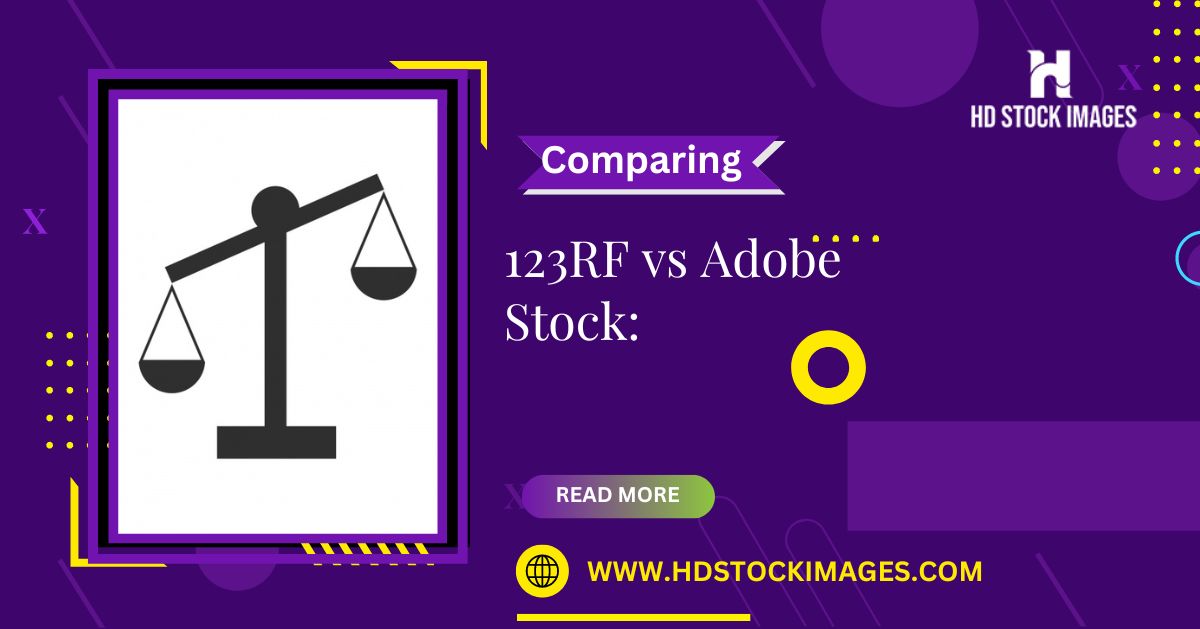
 admin
admin